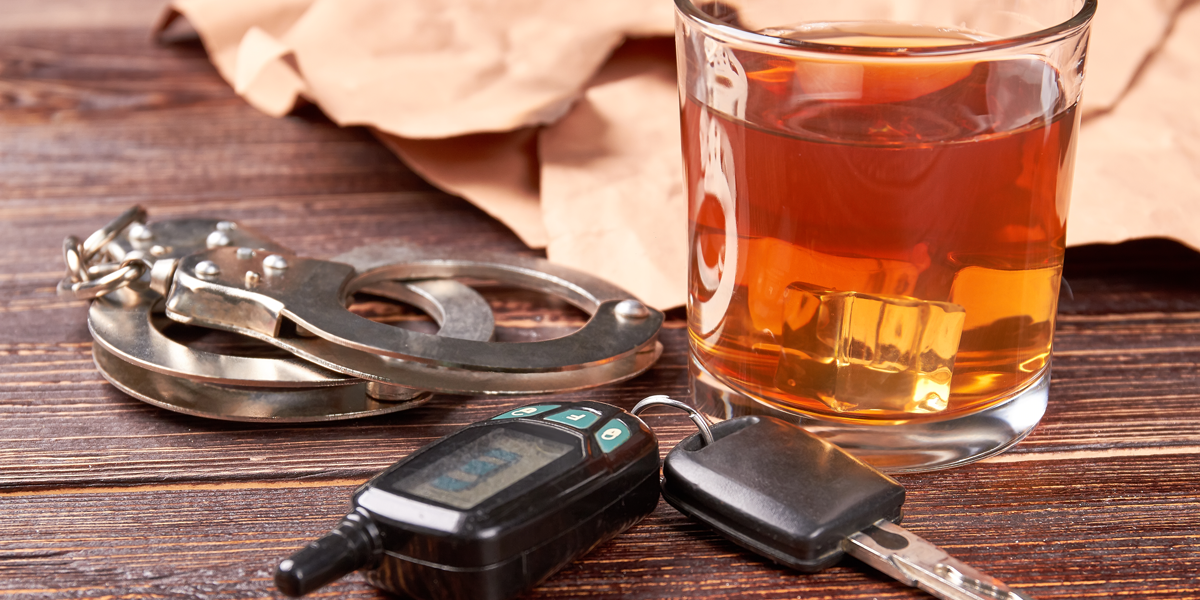What Whisky Plates Can do to Your Insurance.
Plate impoundment can inconvenience and embarrass the impacted drivers—and their family members. But how do whisky plates affect your insurance?
If you get a DWI conviction in Minnesota, one of the consequences of a is plate impoundment. This is when the state of Minnesota takes away the license plates from the vehicle you were driving during the DWI. They also impounded the plates of any car that is registered under your name. In return, they give you what are known as “whiskey plates.” They got this nickname because they begin with the letter “W,” and people get them to drive while impaired by alcohol.
Plate impoundment can inconvenience and embarrass the impacted drivers—and their family members. That’s because if the cars driven by your spouse or your kids are registered under your name, they will also be given whisky plates.
Who is issued Whisky Plates?
Any drivers who:
- Has two DWI convictions within ten years
- Had a blood alcohol level over 0.16 when they got their DWI
- Received a DWI while operating a vehicle without a valid driver’s license
- Had a minor under 16 in your vehicle and was using it while impaired
How does impoundment happen?
Quickly! The arresting officer, the judge, or the Department of Public Safety will issue an order on behalf of the Commissioner of Public Safety. They will also give you a permit that will allow temporary licensing of the vehicle. If the car was registered in your name, the permit is valid for seven days. If it was registered in someone else’s name, the permit will last 45 days.
Getting your new license plates
To get your new whiskey plates, go to your local license bureau. The special series plates cost about $100 per vehicle. Each vehicle you own, lease, or have registered in your name, either alone or jointly (including motorcycles and off-road vehicles), will have to have whiskey plates. The license plate on the vehicle used during the DWI will also be impounded, even if you don’t own the vehicle.
How long do I have to have whisky plates?
You will have to have the whiskey plates for one year past your next renewal period. So, if you just renewed your plates, you may have them on for nearly two years. Those plates must stay on the vehicle until the penalty period is up. Selling or gifting the vehicle won’t change the plate status.
Recent Changes to the Plate Impoundment / Whiskey Plates Law
The Minnesota Legislature recently enacted a law that allows for people to remove whiskey plates from their vehicles or not get them at all if they do two things:
Fines
You must pay a fine of $100 for each vehicle under the impoundment order. This includes any vehicle registered in your name, as well as the vehicle you drove at the time of your arrest. Check with your local DMV to ensure that any vehicles you have sold have had their title transferred. Any vehicles still in your name will each add an extra $100 to your fine, even if you no longer own them.
Ignition Interlock Program
You must also participate in the ignition interlock program through the Minnesota Department of Public Safety. Ignition Interlock is a device installed in a vehicle that requires continual breath tests to ensure the driver has not consumed alcohol.
If you drop out of the ignition interlock program, if the participant fails to complete the program as required by the Department of Public Safety, or test positive for alcohol on two or more occasions. Then the whiskey plates must go back on.
Before removing any license plates from your vehicles, confirm with the DMV that you may legally do so.
How do whisky plates affect my insurance rates?
The DWI that got you’re the whisky plates affects your insurance rates. The only thing worse for your insurance rates is adding a teen driver. Therefore, you want to talk to an experienced independent insurance agent at Hermann Insurance. We can help you find the right coverage and get you back on the road again. Contact us today!







